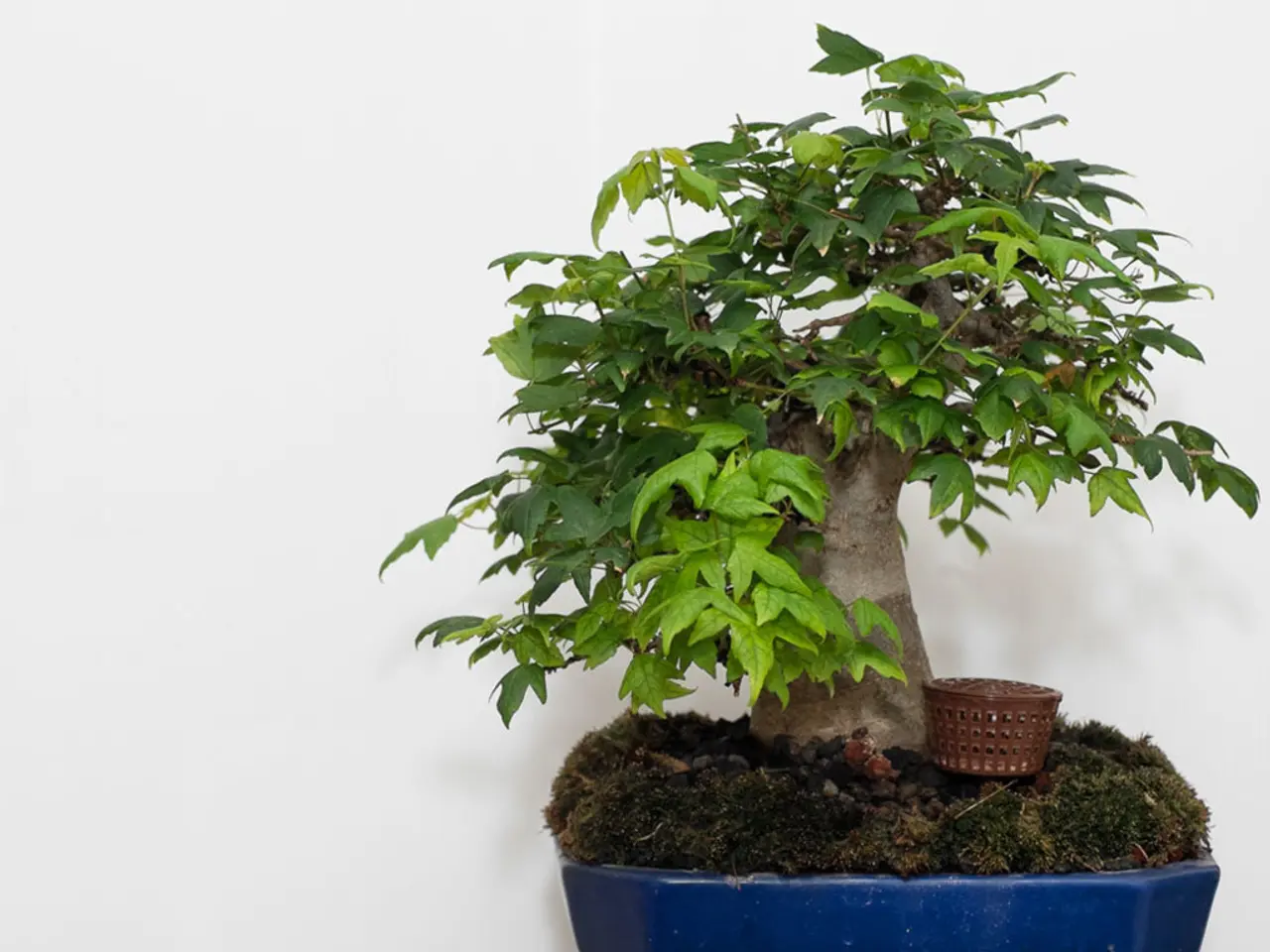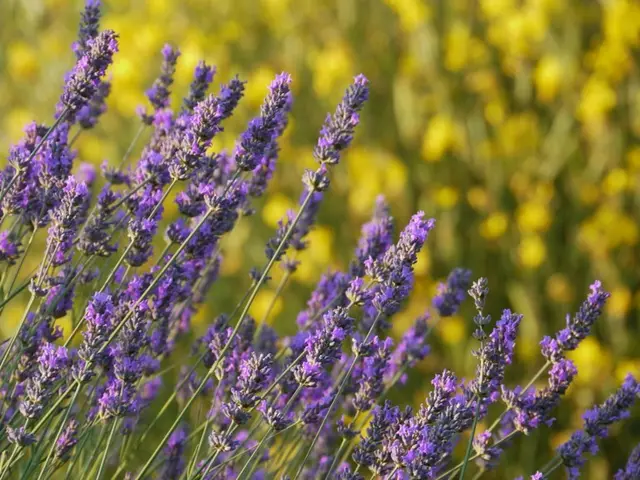Understanding Bonsai Stress: Detecting and Pinpointing Triggers
Bonsai trees are a captivating and unique form of gardening, but their delicate nature requires careful attention to ensure their continued health and vitality. These miniature trees can recover from long-term stress and neglect, but the success of recovery depends on the severity of damage, prompt identification of causes, and implementation of corrective care.
Environmental fluctuations, such as sudden changes in temperature, humidity, or light exposure, can impact bonsai health and trigger stress responses. To mitigate these risks, it's essential to gradually acclimate bonsai trees to new environments and customize indoor lighting to suit their needs. Fluorescent lights, LED grow lights, or specialized bonsai lamps can be used to create an ideal lighting environment.
Fertilizing bonsai is another crucial aspect of care. Use a balanced, water-soluble fertilizer every 2-4 weeks during the growing season and every 4-6 weeks during dormancy to prevent nutrient deficiencies without inducing stress. Regular soil testing and a balanced fertilizer regimen can help address nutritional needs and prevent long-term damage.
Bonsai trees are susceptible to pest infestations, such as spider mites, mealybugs, and scale insects, which can cause significant damage if left unchecked. To prevent infestations, bonsai enthusiasts must remain vigilant, inspecting their trees regularly for signs of pest activity and taking prompt action to eradicate any unwanted visitors.
Temperature fluctuations can be detrimental to a bonsai tree's health. Below 40°F (4°C) can cause reduced growth and a dormant state, while above 90°F (32°C) can cause water loss and heat stress. Rapid temperature fluctuations can cause disrupted photosynthesis and stress response. During seasonal changes, bonsai trees require more maintenance due to fluctuations in temperature, humidity, and light exposure, necessitating adjustments to watering, fertilization, and pruning schedules to guarantee peak health and adaptability.
Some bonsai species are more susceptible to stress due to their inherent characteristics, such as delicate foliage or shallow root systems, making them more vulnerable to environmental and care-related stressors. To diagnose and correct bonsai stress, consider assessing environmental factors, watering and nutrition, and pest control and pruning.
Indoor bonsai trees can adapt to outdoor environments and vice versa, but it's vital to consider factors like climate, light, and humidity to guarantee a successful shift. Regular, calm, and attentive tending—such as slow training and gradual adjustments in care—supports long-term bonsai health and reduces stress.
Common signs of bonsai stress include yellowing and falling leaves, shriveled or blackened new leaves, dead branches, loose stability in the pot, and unusual bark texture such as bubbling or peeling. These symptoms often indicate issues like improper watering, pest infestation, disease (including fungal infections), physical damage, or environmental stress such as heat, wind, or inadequate protection after repotting.
To address bonsai stress, consider the following:
- Watering: Avoid both overwatering and underwatering. Overwatering can cause root rot, while underwatering leads to stress and leaf drop. Ensure the soil is well-drained and keep it moist but never waterlogged.
- Aftercare post-repotting: Place the bonsai in a cool, protected area away from strong sun and wind, and lightly spray foliage several times per day to maintain humidity for the first few weeks.
- Pest and disease control: Use appropriate fungicides such as copper-based fungicides (e.g., Viricop) to prevent and treat fungal diseases like anthracnose. Keep the bonsai healthy with good airflow and care to enhance its natural resistance.
- Stability and physical care: Secure the tree firmly in its pot with wiring if loose. Monitor bark and branches regularly, removing dead or unhealthy wood carefully and ensuring wounds can callous over naturally.
By understanding the unique needs of bonsai trees and providing them with the care they require, you can help them thrive and continue to enjoy their beauty for years to come.








